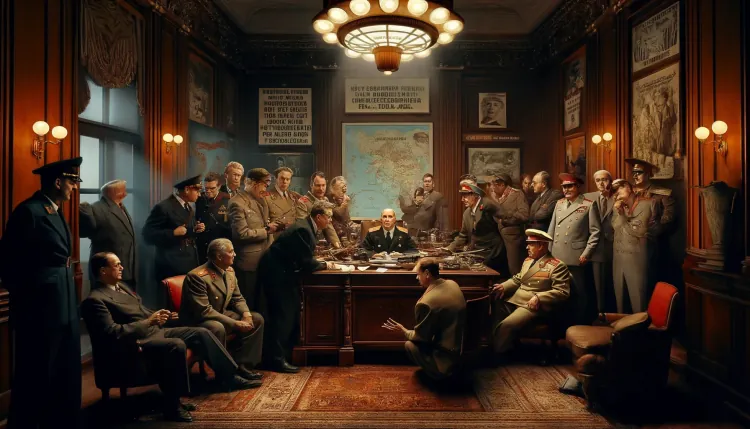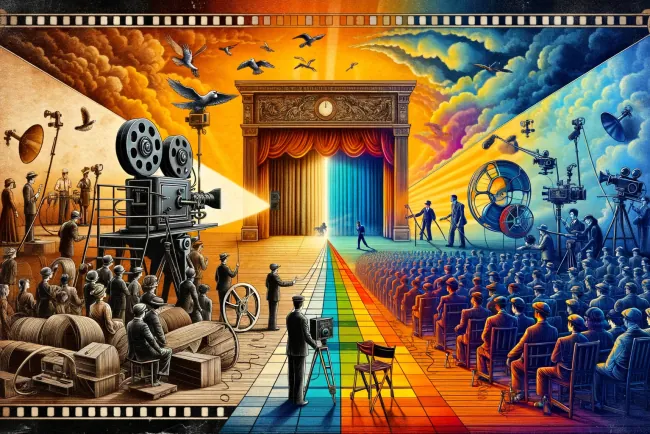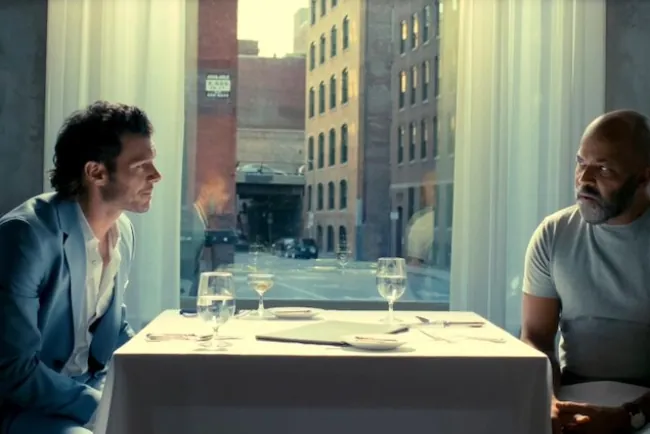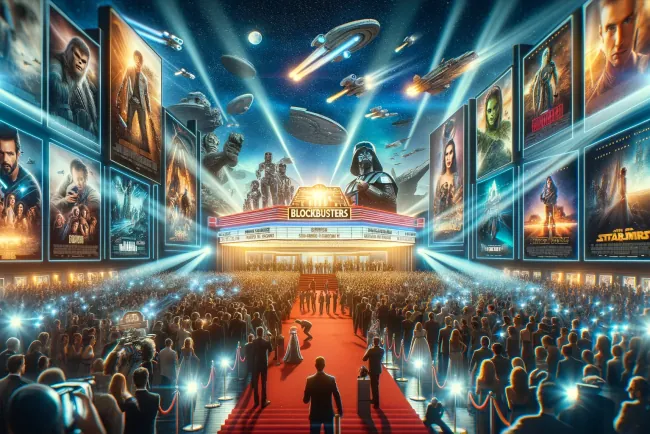The Death of Stalin (2017): A Darkly Comic Look at Soviet History
The Death of Stalin offers a bold exploration of one of the most terrifying periods in Soviet

The Death of Stalin (2017), directed by Armando Iannucci, offers a bold, satirical exploration of one of the most terrifying and chaotic periods in Soviet history. Adapted from the French graphic novel series La Mort de Staline by Fabien Nury and Thierry Robin, this film blends historical events with dark comedy to create a surreal yet poignant portrayal of the aftermath of Joseph Stalin's death.
Plot Summary
The story unfolds in March 1953, when the sudden death of Soviet leader Joseph Stalin (Adrian McLoughlin) sends his inner circle into a frenzy. Immediately following Stalin's demise, the highest-ranking members of the Soviet government scramble to fill the power vacuum. With political ambitions running high and paranoia spreading like wildfire, key figures like Nikita Khrushchev (Steve Buscemi), Lavrentiy Beria (Simon Russell Beale), Georgy Malenkov (Jeffrey Tambor), and Vyacheslav Molotov (Michael Palin) vie for control.
The film deftly balances the absurdity of their Machiavellian scheming with the genuine fear and violence that characterized Stalin's reign. In the chaotic race for succession, betrayal and double-crossing abound, highlighting the volatile and dangerous nature of Soviet politics.
Tone and Style
The Death of Stalin is a quintessential Iannucci production, offering sharp, rapid-fire dialogue and biting satire. However, it diverges from his previous works like In the Loop and Veep by setting its comedy within a historical context fraught with genuine tragedy. The film captures the inherent absurdity of the era with a style that juxtaposes gallows humor against a backdrop of terror, ensuring that laughter is often tinged with discomfort.
The film's visual aesthetic and set design bring 1950s Moscow to life, providing a grim and oppressive atmosphere that contrasts effectively with the farcical behavior of the characters.
Performances
The ensemble cast, including Steve Buscemi, Simon Russell Beale, Jeffrey Tambor, Michael Palin, and Jason Isaacs, deliver stellar performances. Buscemi as Khrushchev stands out for his depiction of a cunning yet neurotic politician who manages to outmaneuver his rivals. Meanwhile, Beale’s portrayal of Beria, the ruthless head of the NKVD, captures a chilling mixture of charm and cruelty.
Historical Accuracy
While the film takes significant creative liberties, particularly with the timelines and personalities of key figures, it provides an insightful commentary on power and ambition. The exaggerated characterizations and rearranged events serve the story's darkly comedic tone rather than strict historical accuracy.
Conclusion
The Death of Stalin is a unique blend of biting satire and historical drama. Armando Iannucci’s fearless approach to mocking the grim realities of Soviet politics makes for a thoroughly entertaining film that also serves as a cautionary tale about unchecked power. Despite its comedic façade, the film manages to convey the brutal reality of life under a totalitarian regime, leaving viewers both amused and uneasy.
Ultimately, The Death of Stalin stands out as a testament to the effectiveness of using satire to explore darker chapters in history, making it a memorable and thought-provoking cinematic experience.
What's Your Reaction?






















